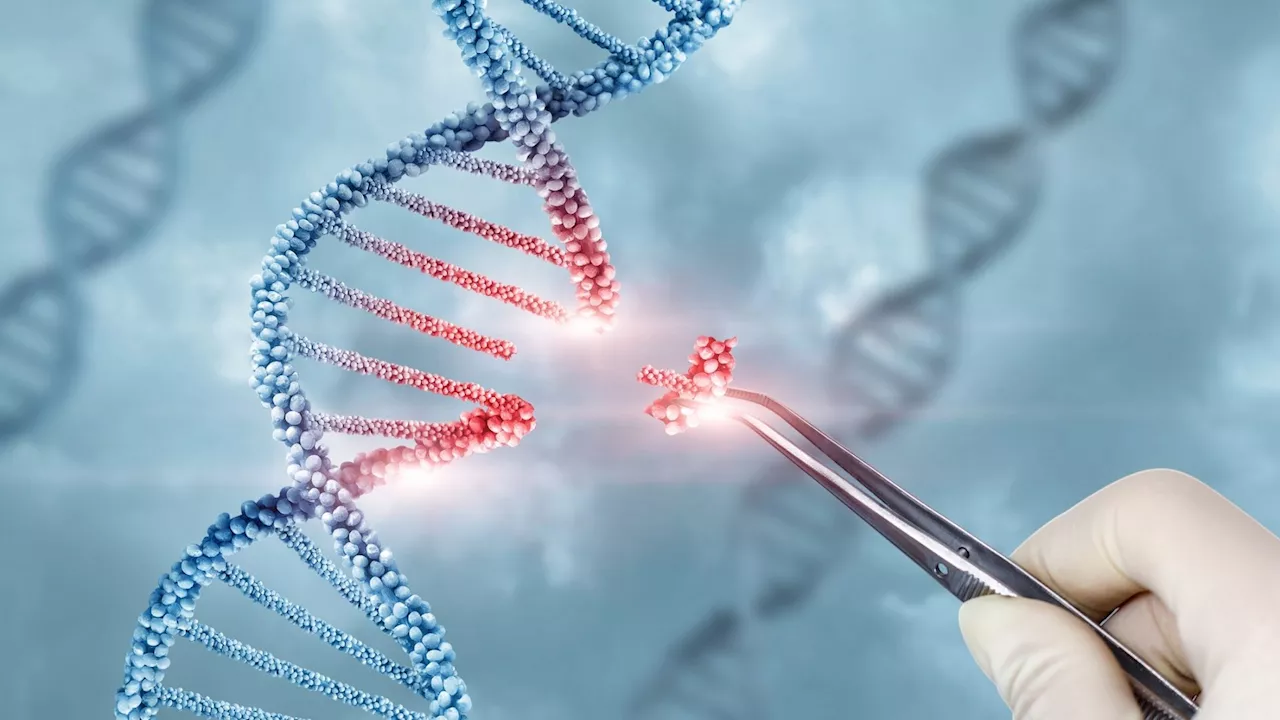A microscopic discovery will not only enable scientists to understand the microbial world around us but could also provide a new way to control CRISPR-Cas biotechnologies.
An international team of researchers led by Professor Peter Fineran from the University of Otago and Dr Rafael Pinilla-Redondo from the University of Copenhagen has published a study in the journalCo-first author Dr David Mayo-Muñoz, of the Phage-host interactions laboratory in Otago's Department of Microbiology and Immunology, says this finding could teach us about microbial dynamics in the environment, be used to make gene editing safer, and lead to more efficient alternatives to...
"If a virus comes in, part of its DNA is added to the memory bank, and then turned from DNA to RNA in the process. Each RNA acts like a guide so the CRISPR-Cas system can correctly identify and destroy the invading phage. Each addition to the memory bank is divided by a CRISPR repeat sequence, which stacks up like bookends between each phage sequence.
Professor Fineran, head of the Phi laboratory at Otago, says these RNA anti-CRISPRs blind the immune complexes of the bacteria. "This molecular mimic ruins the defences of the bacteria and the function of the system; it's basically a decoy." CRISPR-Cas will eventually be used for gene therapy -- to repair mutated genes that cause disease -- but to make it safer, anti-CRISPRs are needed to modulate the technology.
"We are excited to be able to provide a whole new insight into how phages battle with their bacterial hosts. We hope that these RNA anti-CRISPRs will provide a new approach to help control CRISPR-Cas technologies."Sarah Camara-Wilpert, David Mayo-Muñoz, Jakob Russel, Robert D. Fagerlund, Jonas S. Madsen, Peter C. Fineran, Søren J. Sørensen, Rafael Pinilla-Redondo.
United States Latest News, United States Headlines
Similar News:You can also read news stories similar to this one that we have collected from other news sources.
 Scientists uncover new way viruses fight back against bacteriaA microscopic discovery will not only enable scientists to understand the microbial world around us but could also provide a new way to control CRISPR-Cas biotechnologies.
Scientists uncover new way viruses fight back against bacteriaA microscopic discovery will not only enable scientists to understand the microbial world around us but could also provide a new way to control CRISPR-Cas biotechnologies.
Read more »
 Fanzors: Like CRISPR but better, safer molecular scissors for gene editingInteresting Engineering is a cutting edge, leading community designed for all lovers of engineering, technology and science.
Fanzors: Like CRISPR but better, safer molecular scissors for gene editingInteresting Engineering is a cutting edge, leading community designed for all lovers of engineering, technology and science.
Read more »
 Boosting weak immune system: Scientists find an unusual weapon against virusInfections with cytomegalovirus (CMV) are extremely common and often pose no major threat to the vast majority of people. They can however be deadly for people whose immune system is weakened, e.g., after bone marrow transplantation. Current treatments against CMV infections are very limited and can have severe side effects.
Boosting weak immune system: Scientists find an unusual weapon against virusInfections with cytomegalovirus (CMV) are extremely common and often pose no major threat to the vast majority of people. They can however be deadly for people whose immune system is weakened, e.g., after bone marrow transplantation. Current treatments against CMV infections are very limited and can have severe side effects.
Read more »
 Scientists prefer feedback from ChatGPT to judgement by peersScientific research must be reviewed by other scientists before it is published, but some researchers say they find feedback from ChatGPT more useful
Scientists prefer feedback from ChatGPT to judgement by peersScientific research must be reviewed by other scientists before it is published, but some researchers say they find feedback from ChatGPT more useful
Read more »
 Scientists invent superlensing microscope without a superlensInteresting Engineering is a cutting edge, leading community designed for all lovers of engineering, technology and science.
Scientists invent superlensing microscope without a superlensInteresting Engineering is a cutting edge, leading community designed for all lovers of engineering, technology and science.
Read more »
 Scientists Puzzled by Sudden, Super-Loud Rumble Inside MarsScience and Technology News and Videos
Scientists Puzzled by Sudden, Super-Loud Rumble Inside MarsScience and Technology News and Videos
Read more »
